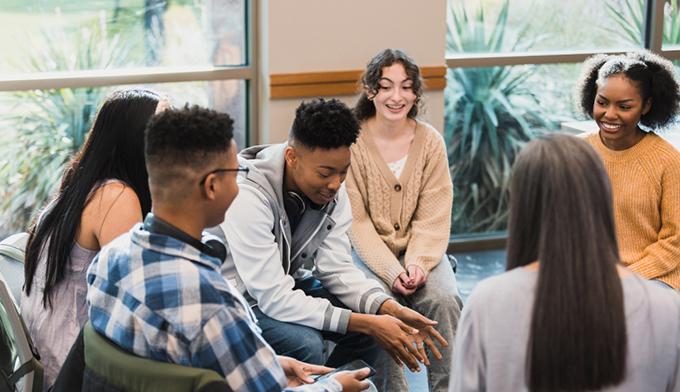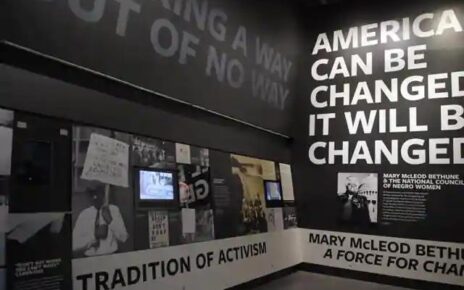The idea of inviting students into classroom conversations that teach them to define and express their concerns, ideas and opinions takes inspiration from the United Nations Convention on the Rights of the Child (UNCRC).
The right to be heard is the general principle, and Article 12 of the UNCRC provides for children’s involvement in decision-making that affects their lives. It includes the right for children to express their views.
Many educators are increasingly concerned with the representation of student voices in kindergarten to Grade 12 classrooms. In the words of educator Shane Safir: “Educators should view students not as empty vessels for the transfer of information but as knowledge builders in their own right. We need to share influence in the classroom rather than hoard it.”
But this concern is not necessarily adopted by all teachers. Creating dialogue among educators and students, especially Black Canadian youth, regularly proves problematic because of the history of their negative schooling experiences.
As an education researcher who examines schooling experiences of Black Canadian youth and their families, I have worked alongside Black high school students in grades 10-12 to engage youth voices at the Black Student Summer Leadership Program. This is offered through the Centre of Excellence for Black Student Achievement at the Toronto District School Board.
Youth Participatory Action Research involves youth participating in their communities and in their own education to research issues that affect their lives. It also necessarily implies action on the part of receptive and understanding adults, willing and poised to help bring about changes youth need to see.
 Struggles in and for ‘voice’
Struggles in and for ‘voice’
One of the greatest struggles to allow for “voice” is the role of adults in these interactions and the hierarchical nature of schools. Paying attention to student voice involves changing fundamental values, norms and institutional practices, which means teachers need to be open to this shift.
The term youth voice has gained credibility since the early 1990s. Scholars and education researchers challenged school staff to stop seeing youth as passive recipients of an education. “Youth voice” describes the many ways youth might have opportunities to have a voice and active participation in decisions shaping their lives.
Read more: If I could change one thing in education: Community-school partnerships would be top priority
Positioning Black students as learners and collaborators will require a shift in educators’ attitude towards them. That is, changing perceptions that see them as a threat.
Educators need to acknowledge stereotypical perceptions of Black people and communities that often inform how schools and teachers interpret Black students’ behaviours, and get to know Black students beyond their academic or extra-curricular achievements.
Black youth’s whole selves
If schools desire genuine opportunities for students to be heard, educators must see Black youth as their whole selves. Teachers who view the validity in sharing power in classrooms will actively seek Black students’ input. This must be done outside of the formalized structure of student councils or associations where students are elected to represent student communities.
Change is needed in the way Black students’ voices are positioned in education, bearing in mind:
- Black youth are not voiceless. They should be able to inform decisions. To include students’ input in the decision-making process fosters their growth and development.
- There are many ways youth exercise their voices among their peers. For Black youth to negotiate education spaces safely, they often choose how to amplify their voices, including what to say, when to speak up and who to address.
- Educators must remember they (we) are not granting Black students the ability to speak. Rather, we must strive to create classroom and school environments where Black students’ voices and ideas are welcomed and respected.







